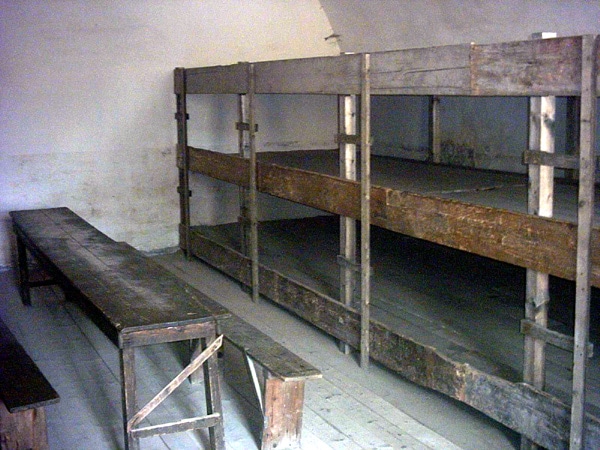
June 23 1944 – Tammuz 2 5704
Terezin, Czechoslovakia
A delegation of the International Red Cross visited the Terezin concentration camp. At the end of 1941, Reinhard Heydrich ordered the establishment of a concentration camp for the Jews of the Protectorate of Bohemia and Moravia in the town of Terezin, near the German and Polish borders. Over the years, Jews from Central and Western Europe were also transported to the camp, most of whom were sent to the extermination camps. In 1944 the Danish government demanded that the International Red Cross examine the situation of its Jewish citizens, captured and transferred by the Nazis to Terezin. These were Jews who did not escape in the heroic operation of the Danish saving the Jews of Denmark by sailing to neutral Sweden.
Before the visit of the Red Cross delegation, the Germans turned Terezin into an “example camp” and sent a large number of prisoners to Auschwitz in order to reduce the overcrowding in the camp. The Nazis set up facades of fake shops and cafes in the camp, cleaned the streets and painted the rooms anew. The Nazis also made sure before the visit that there were no more than three people in each room. The delegation found a well-tended and spacious town, which had negated the rumors about the concentration and extermination camps that had been operating at full steam for several years by then. In honor of the delegation’s visit, the children’s opera “Brundibar” was displayed in the camp, and members of the delegation met with some of the “satisfied residents”.
The success of the deception encouraged the Nazis to produce a few weeks later a propaganda film showing the “successful” town Theresienstadt, directed by the famous director and actor Dr. Kurt Gerron (Gerson). Geron was sent with his wife to Auschwitz after the production of the film, and was murdered there in the fall of 1944.
*
[Moran Children Choir performs Brundibar in 2016]
